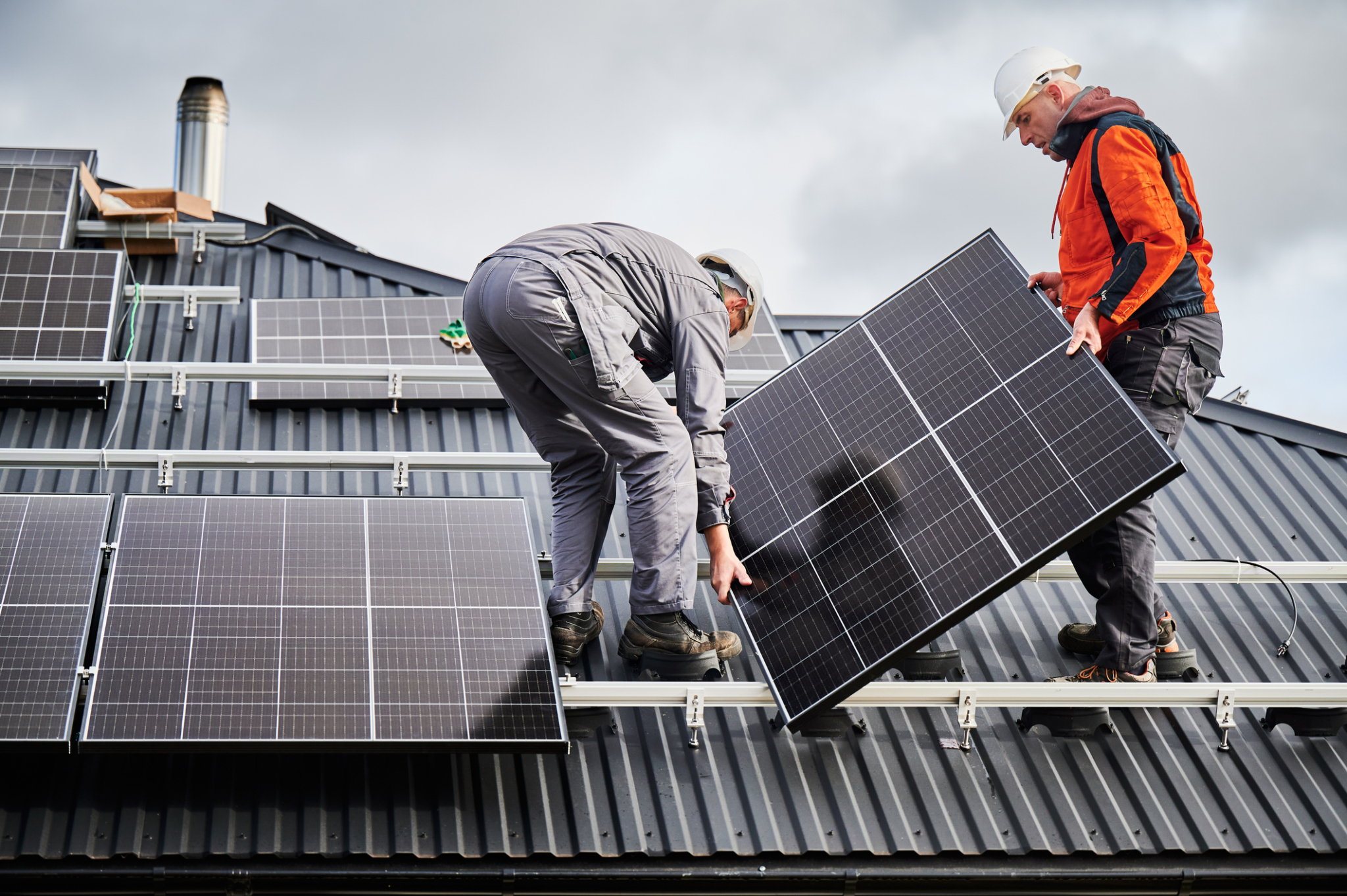
The Biden administration has tried to strike a balance between solar imports and domestic renewable manufacturing.
Earlier this week, a report from S&P Global Market Intelligence pointed out that solar imports from Thailand and Vietnam surged to a record 17.4 gigawatts in the second quarter of 2024 ahead of expected announcement of U.S. tariffs.
This is not unexpected news.
These countries, along with Malaysia and Cambodia, make up the southeast Asian companies whose solar industries in 2022 were accused by American manufacturers of essentially being cutouts for heavily subsidized Chinese solar firms; that those firms were using these countries to circumvent U.S. tariffs on Chinese solar imports. The American manufacturers brought their complaints to the Commerce Department, which investigated and largely substantiated the claims.
But before that determination was made, President Biden announced a two-year moratorium on any resulting tariffs. Then, Biden vetoed a Congressional effort to overturn it. And then, as the moratorium’s end approached, came this recently reported import surge, as American solar developers rushed to get cheap material in under the wire.
It takes time for the effect of tariffs to be reflected in trade flows and businesses’ decisions about things like capital allocation, but this surge isn’t the only thing to fallout from the increase in tariffs. A Bloomberg article also from this week noted that many Chinese solar companies operating in southeast Asia are scaling back operations there because the tariffs have made them a far less lucrative export platform to the U.S. “The Chinese solar firms are also struggling with a worsening domestic glut that’s already seen a number of smaller players go under,” contends the article.
But that domestic glut and high failure rate of many Chinese companies are a cost it’s willing to pay to dominate the solar sector. “Beijing has shown a high tolerance for letting firms stumble and even fail in large numbers,” explained a recent analysis in The New York Times:
Solar manufacturers across China have been laying off thousands of workers to cut costs — and those workers may be the lucky ones because they qualify for months of severance pay. Other big solar companies have resorted to tactics like giving yearlong unpaid vacations or 30 percent pay cuts for employees who keep their jobs.
Yet some companies say they are furloughing workers only in preparation for even bigger production pushes in the future. “We’re saying, ‘Go back to your farm and help with the harvest, and come back in the autumn when the new equipment is ready,’” said Zhang Haimeng, group vice president of Longi.
American solar manufacturers continue to press their case against these circumvented imports. In addition to the case that sparked the moratorium, the Commerce Department in May took up their petition to add additional anti-dumping and countervailing duty tariffs on products from those four countries, and an investigation is now underway. What’s more, the domestic manufacturers have filed “critical circumstances” allegations about the import surge, which, if upheld, would open up the importers to retroactive tariffs.
The Biden administration, in the meantime, continues to juggle its twin commitments to the renewable energy deployment and domestic renewable manufacturing: In May it doubled tariffs on Chinese solar imports, and then just announced it was increasing the quota of imports allowed to enter the country duty-free.
At any rate, Chinese solar companies are now looking outside southeast Asia for places to spend their money. One just announced a nearly billion dollar deal to built a plant in Saudi Arabia, described by Reuters as “the latest in a string of China-Saudi renewable energy deals.”
It all goes to show: Trade enforcement is not something you can set and forget. It requires constant maintenance, especially when the foreign companies you’re policing are backed by a state that uses a whole-of-government approach to promote its industries.
You can read more about that approach here.
